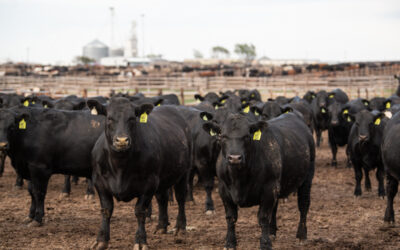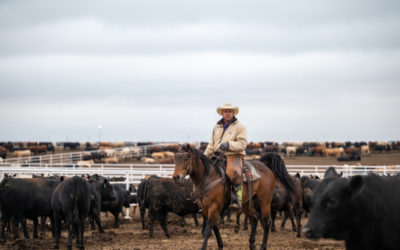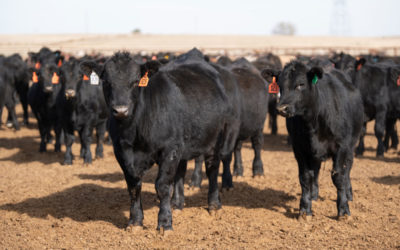
A successful separation, part 2

Prior to weaning, male calves should be neutered, calves with horns should be dehorned, and all should be dewormed and receive their vaccinations. Just what vaccinations are best? That’s for you and your vet to decide, but it all comes down to one thing: how you plan to market these calves.
- There are exact product guidelines and timing of shots that qualify for branded production systems. These often add $15 to $20 per head to the sale price. There are also a lot of workable options that fall short of ideal but provide fairly effective protection for calves. Work toward the ideal.
- Targeting a natural program?
Vaccinations are a cornerstone because calves that require antibiotics later would become ineligible. - If your calves will go straight to market at weaning, be sure to send along details of their health program and genetics. You probably won’t get full value for your efforts, because bawling calves don’t sell themselves well. But a health report may provide some reassurance to bidders that the calves can overcome the stress.
At weaning, we recommend you continue the animal health plan by:
- Administering boosters.
- Consider using a medicated starting ration for at least 60 days to reduce sickness and digestive problems like bloat. Rations with an ionophore and coccidiostat are recommended.
- Allowing calves to go through a minimum 45-day preconditioning program before shipping gets them better prepared for the next phase.
Of course, these guidelines are only general recommendations and no substitution for your own vet’s advice.
The key is to find a plan that will work within your operation’s goals and budget.
Stay tuned Friday as we conclude this series on weaning-time nutrition tips.
You may also like
Missing the Mark Leaves Money on the Table
Certified Angus Beef regularly collects data on millions of fed cattle to discover how cattlemen can capture more value for high-quality carcasses beginning on the ranch. When black-hided cattle don’t earn the CAB stamp, it’s most often for missing the mark in marbling, HCW, REA and backfat.
How to pick a feedyard
Not every ranch, pen or feedlot is alike or ideally suited to handle the same class of cattle. Here is a 12-point checklist of ways cattlemen can help themselves when selecting a feedyard.
Backgrounding can add value, flexibility
Backgrounding calves can open gates to new revenue paths, though not without risk. When more cattle are sent to the grazing fields or grow yards, there’s a shift in the seasonal pattern of the market and more opportunity to take advantage of better prices.



